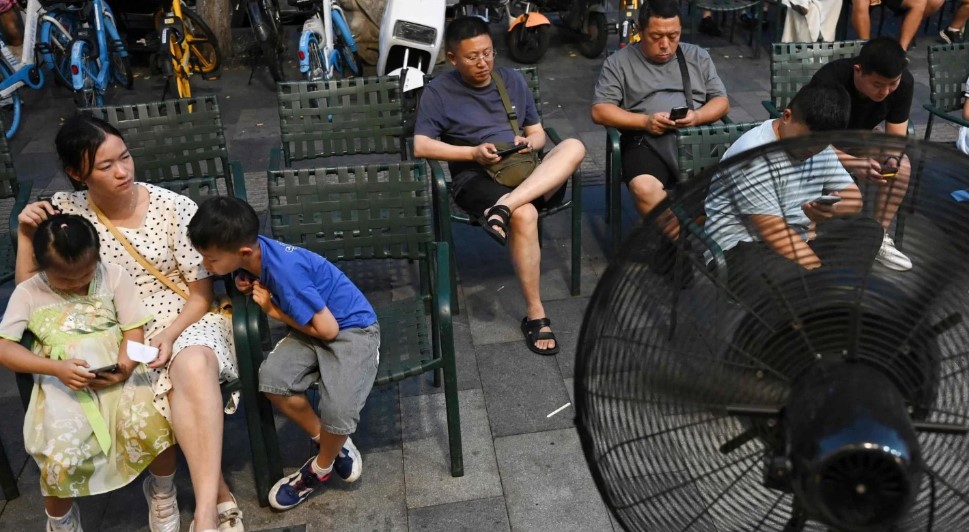Beijing is experiencing extreme heat, with temperatures expected to reach 40°C (104°F) for the third consecutive day on Saturday. This heatwave has affected a vast area in northern China, roughly the size of California.
Historically, from 1990 to 2020, Beijing had an average of 10.6 days a year with temperatures of 35°C or higher. This year, that number has already been surpassed, with temperatures over 35°C on the 11th day this year.
Several regions, including Hebei, Henan, Shandong, Inner Mongolia, Tianjin, and Beijing, have issued a “red” alert for extreme heat. This is the highest warning level in China’s system, indicating temperatures might exceed 40°C within 24 hours.

By early afternoon, an area as large as California—about 450,000 square kilometers (174,000 square miles)—had temperatures over 37°C.
The extreme heat is affecting China’s food supply and could lead to higher prices. Last year’s heatwave showed how droughts and high temperatures can damage crops and livestock, and with climate change, such events may become more common.
The current heatwave, the second in about 10 days, is caused by high-pressure air masses, thin clouds, and long daylight hours. Beijing saw temperatures of 40.3°C on Friday, following 41.1°C on Thursday, the second hottest day ever recorded in the city.
Beijing’s all-time high of 41.9°C from July 24, 1999, still stands. Due to the extreme heat, Beijing authorities have allowed schools to reduce or suspend classes. The heat is expected to lessen by Monday but may return later in the week.

